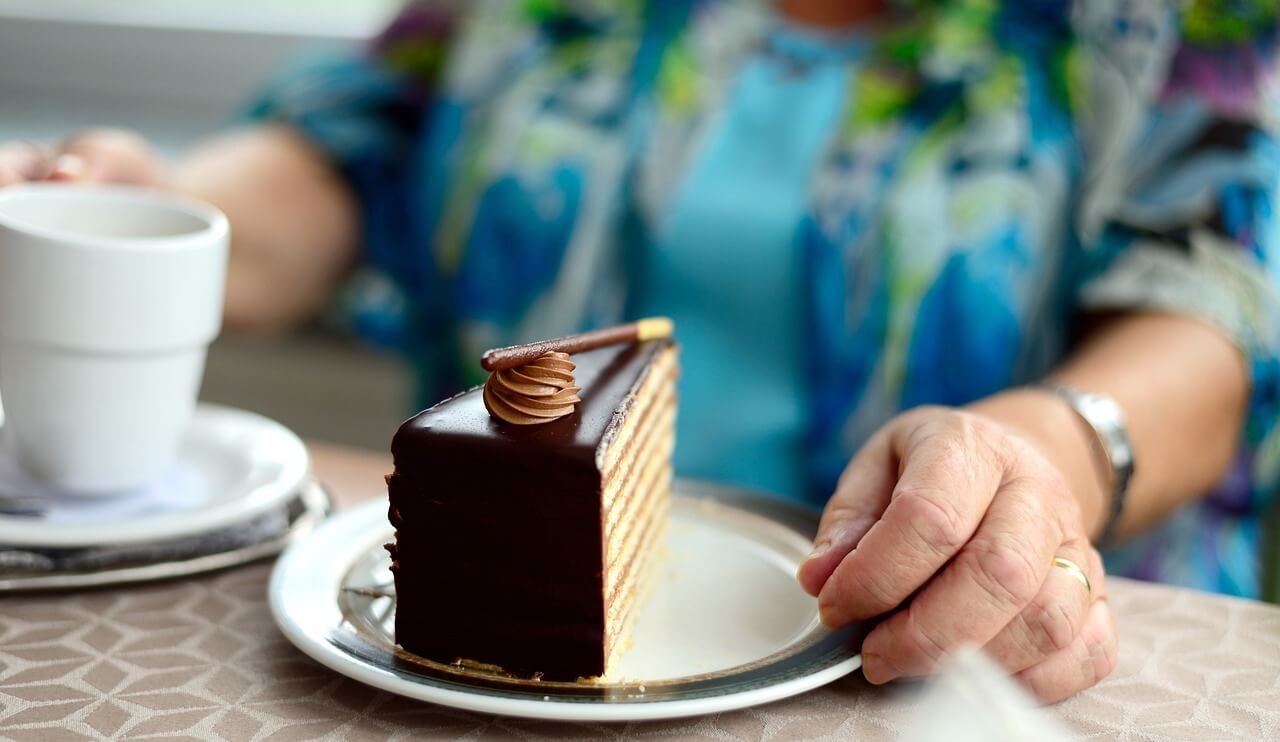It is official. We have entered the Holiday Party time. This should be a fun time, but we also need to keep an eye on our intake. It is a fact that millions of people enter later life carrying an extra 10 to 15 pounds.
For years, experts have debated what advice to share with older adults. Of course, it depends on how heavy someone is now. For seniors who are considered obese, extra pounds are a greater risk than for those who weigh less. As a result, experts are most concerned about inactivity in older adults who are overweight or mildly obese (a body mass index, or BMI, in the low 30s). As we grow older, our body composition changes. We lose muscle mass, a process that starts in our thirties and accelerates in our sixties and beyond, and we gain fat. This is all true – even when our weight remains constant.
There is some good news, though. Research suggests that the ideal BMI might be higher for seniors than younger adults. Indeed, an optimal BMI for older adults may be in the range of 24 to 29, suggested Carl Lavie, a well-known obesity researcher and author of “The Obesity Paradox,” a book that explores weight issues in older adults.
Here is a summary of many recommendations:
- Maintaining fitness and muscle mass is more important than losing weight.
- Ensuring diet quality is essential – the risk for vitamin deficiencies and other nutritional deficits are higher if you are not consuming enough protein.
- Losing weight is more important for seniors who have fat around their middle (an apple shape), than it is for people who are heavier lower down (a pear shape).
This is all good advice, but it needs to be balanced against that fact that so much is going on in December and much of the activities revolve around meals. So, here is hoping you enjoy this season, get in a little extra exercise, pair that party food with a nutritious diet, and try to look more like a pear than an apple. Happy Holidays!

